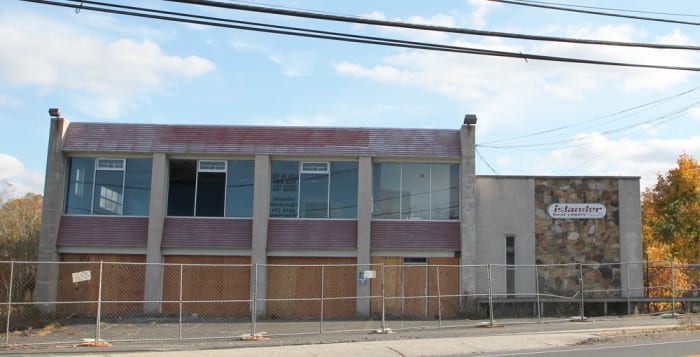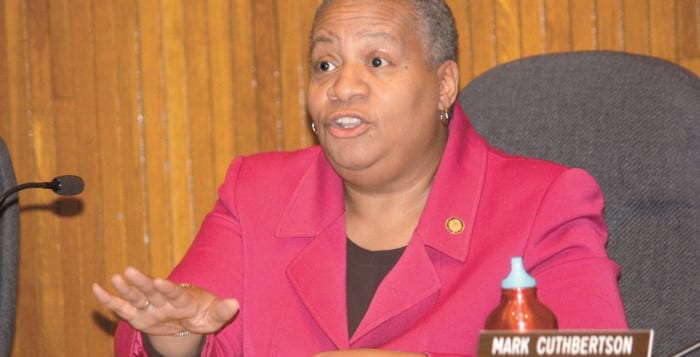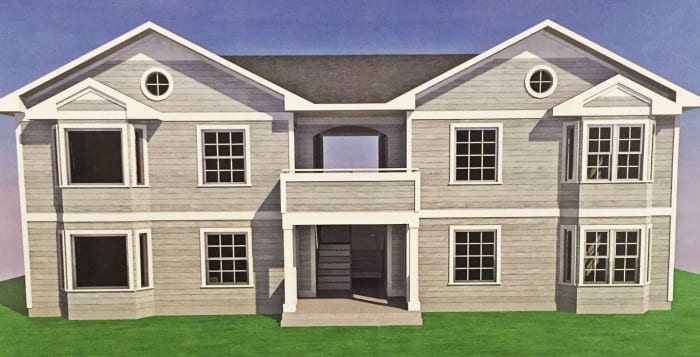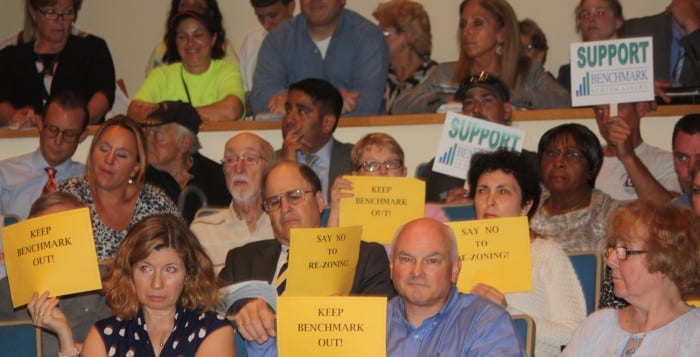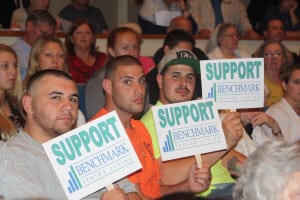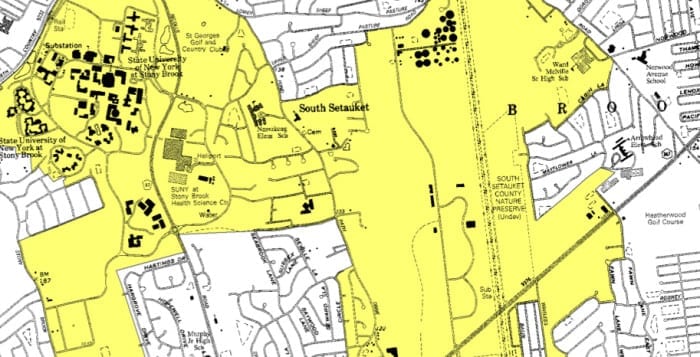Long Island is infamous for its numerous layers of government, and sometimes those layers try to legislate too much of our lives.
An underlying misconception about what truly affects “quality of life” is forcing our elected officials to pitch laws that are more knee-jerk reactions and overregulation than appropriate responses. We are seeing it in several North Shore communities, like in Brookhaven Town this week.
As part of the town’s fight against overcrowded and illegal rental houses — many of them inhabited by students in the neighborhoods around Stony Brook University — officials want to limit the number of allowed vehicles per bedroom in a house, to help them track the number of people living in a home.
But elected leaders are reacting based upon unrealistic expectations of what “quality of life” should mean to the average Long Islander.
Telling a homeowner how many vehicles they can have, based on the number of bedrooms in a home, is drawing a dangerous line in the sand. What would that do to the basic Brookhaven nuclear family with four older kids, sharing two bedrooms? What would that do to the average car collector? Let’s also not forget about a different — but relevant — issue on Long Island: It’s difficult to even get around out here without a vehicle because of shoddy public transportation. And now we are going to limit the number of cars a family home can possess?
There are already provisions in place to penalize irresponsible neighbors who make too much noise, don’t properly dispose of trash or park on lawns — true quality of life issues. Cracking down on vehicle ownership is beyond the pale, especially if everyone is parked legally. If we cannot use existing provisions to track or police rentals, perhaps they are not enough of a nuisance for us to get involved.
Neighborhoods change. People build. People leave. New people with new personalities come in. These things happen, and it isn’t the job of our county or town officials to make regulations in an attempt to control that.



